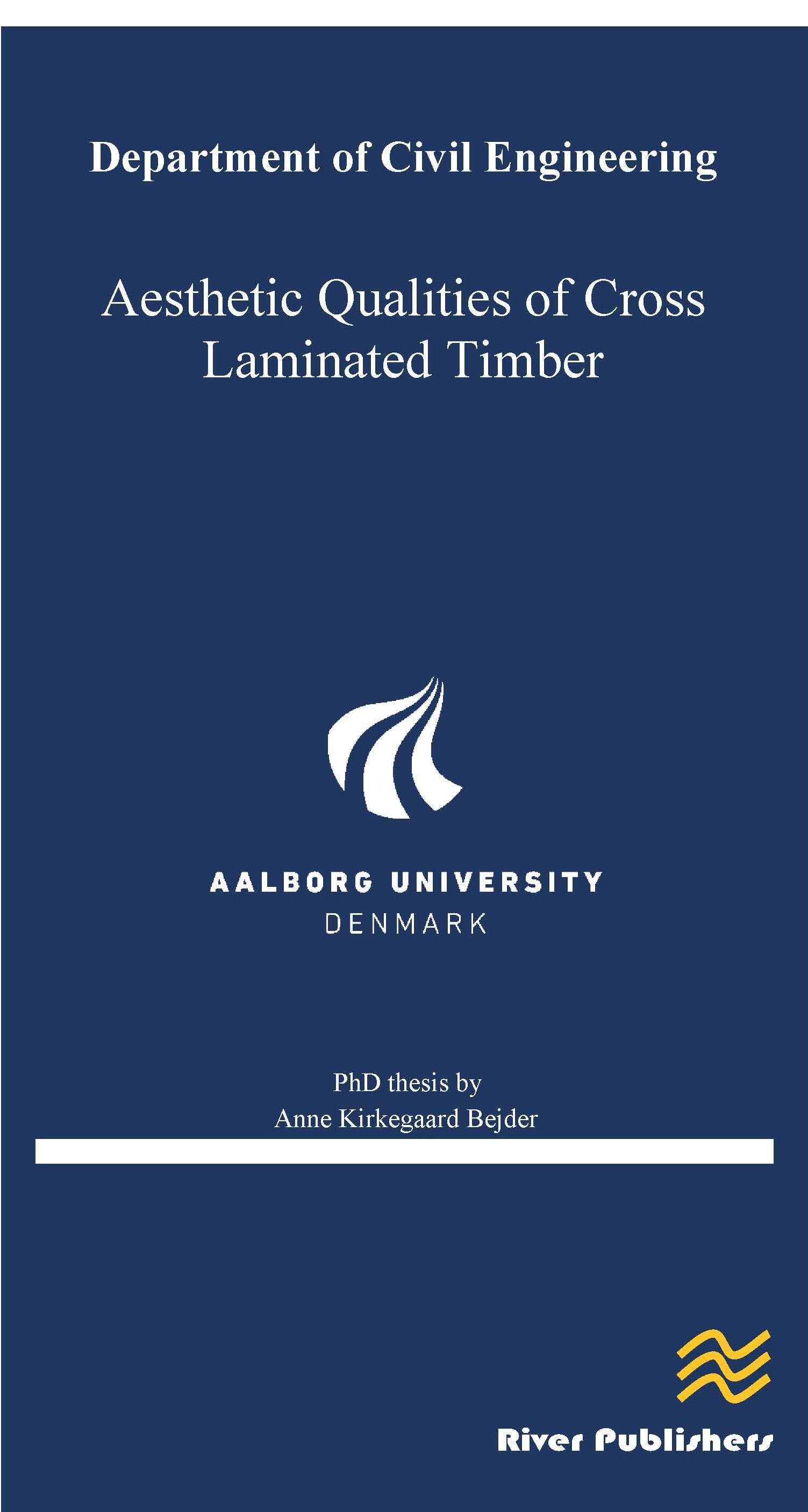Aesthetic Qualities of Cross Laminated Timber
Author: Anne Kirkegaard Bejder, Department of Civil Engineering, The Faculty of Engineering and Science, Aalborg University, Aalborg, Denmark
Keywords: Cross-Laminated Timber, Materiality, Technology, Materials, Timber Architecture
The common thread through this thesis is the aim of bringing the aesthetic, poetic and sensuous qualities of materials into focus. This is done with the belief that materials are more than merely the means of construction, i.e. more than a building system. The thesis takes its point of departure in the great importance wood has had as a building material throughout history as a naturally occurring, strong, light and workable construction material with various multi-sensuous qualities and great applicability.
Over the last two decades, wood as a building material has gained renewed focus, partly due to its sustainable profile. In parallel to this, new production methods and further refined timber products have been developed. Among these are the engineered timber-based product Cross Laminated Timber (CLT) that show enhanced structural properties compared to unrefined timber. However, the question is what happens to the aesthetic qualities of wood as a building material in this process? What does it mean to the experience and perception of CLT that it is processed to products whose properties differ significantly from those of wood in its raw form?
Based on the hypothesis that CLT possesses an undefined aesthetic potential that may innovate how we construct and perceive timber architecture, the overall aim of the thesis is to inquire into the architectural and aesthetic qualities of CLT.
Through three chapters this thesis examines and discusses 1) the architectural qualities of CLT, 2) the materiality of CLT, and 3) how one can deal with these qualitative aspects in the design process. This leads to: firstly, the development of an explicit model to help structuring the analysis and evaluation of the materiality of CLT, and secondly, a clarification and articulation of the aesthetic qualities essential for how CLT is applied and perceived within an architectural context.
Based on the research conducted through this thesis, it is the author’s belief that it is possible to go beyond the utilisation of CLT as a mere technical product or a simple building system. By engaging into the deeper layers of the material, and by clarifying and articulating its qualities that are related to how it is perceived, it is possible to achieve a pragmatic yet poetic and sensuous future timber architecture.
The common thread through this thesis is the aim of bringing the aesthetic, poetic and sensuous qualities of materials into focus. This is done with the belief that materials are more than merely the means of construction, i.e. more than a building system. The thesis takes its point of departure in the great importance wood has had as a building material throughout history as a naturally occurring, strong, light and workable construction material with various multi-sensuous qualities and great applicability.
Over the last two decades, wood as a building material has gained renewed focus, partly due to its sustainable profile. In parallel to this, new production methods and further refined timber products have been developed. Among these are the engineered timber-based product Cross Laminated Timber (CLT) that show enhanced structural properties compared to unrefined timber. However, the question is what happens to the aesthetic qualities of wood as a building material in this process? What does it mean to the experience and perception of CLT that it is processed to products whose properties differ significantly from those of wood in its raw form?
Based on the hypothesis that CLT possesses an undefined aesthetic potential that may innovate how we construct and perceive timber architecture, the overall aim of the thesis is to inquire into the architectural and aesthetic qualities of CLT.
Through three chapters this thesis examines and discusses 1) the architectural qualities of CLT, 2) the materiality of CLT, and 3) how one can deal with these qualitative aspects in the design process. This leads to: firstly, the development of an explicit model to help structuring the analysis and evaluation of the materiality of CLT, and secondly, a clarification and articulation of the aesthetic qualities essential for how CLT is applied and perceived within an architectural context.
Based on the research conducted through this thesis, it is the author’s belief that it is possible to go beyond the utilisation of CLT as a mere technical product or a simple building system. By engaging into the deeper layers of the material, and by clarifying and articulating its qualities that are related to how it is perceived, it is possible to achieve a pragmatic yet poetic and sensuous future timber architecture.
Cross-Laminated Timber, Materiality, Technology, Materials, Timber Architecture
